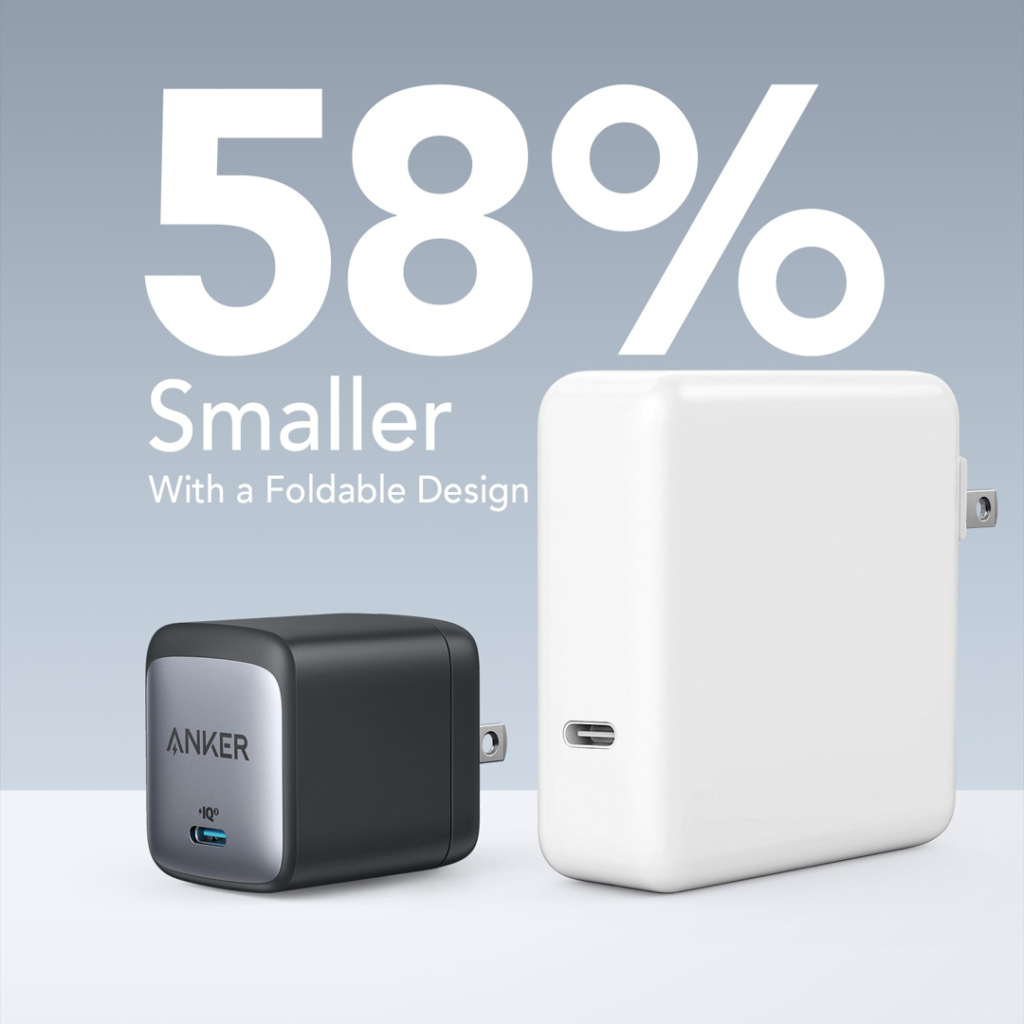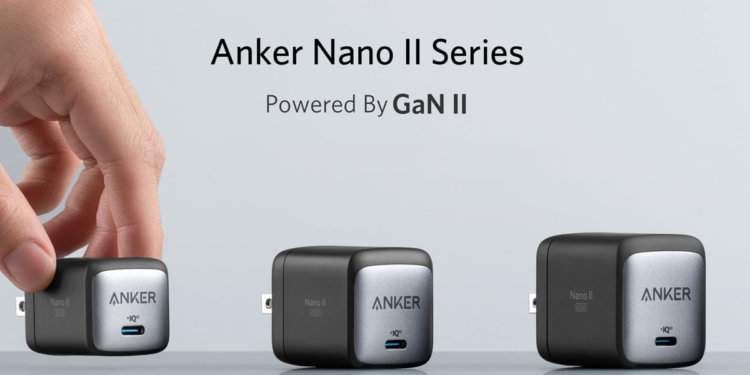The accessory manufacturer Anker presented brand new chargers based on GaN technology – the Anker Nano II – at an online event.
Gallium nitride technology (GaN) uses fewer components overall than standard silicon chargers, which is why GaN-based power supplies require much smaller housings and can still offer a lot of power. Back in 2018, Anker replaced the traditional silicon of the chip with the more efficient GaN (gallium nitride). Now the technology has been further developed - the result is called "GaN II" and works even more efficiently. explained Steven Yang, CEO of Anker:
GaN II is the next big step towards an effortless, lightning-fast charging experience. With the new generation of GaN II technology, the Anker Nano II charging series is not only smaller and more portable but also takes a leap forward in terms of compatibility and charging safety.
Anker Nano II: Something for everyone
The Anker Nano II series includes a total of three chargers with 30W, 45W and a whopping 65W. Anker's 30W version is around 59% smaller than Apple's own 30W charger and can charge not only iPhone and iPad, but also a MacBook Air or a Nintendo Switch. Regarding the 45W charger, Anker states that the power pack is around 34% smaller than Apple's version. It supports charging mobile devices and a range of laptops, including the MacBook Air 2020, Macbook Pro 13", Dell XPS 13 9360 and 9380, ThinkPad X390, Google Pixelbook and Microsoft Surface Book 2.

If you compare the 65W power adapter with Apple's 61W charger, Anker's version is said to be about 58% smaller and therefore significantly more compact. In addition to mobile devices, it can also be used to charge a range of different laptops - ideal for traveling. The Anker Nano II series also uses USB-C. The dimensions and prices are as follows:
- Nano II 30W – 31.54mm x 30.39mm x 38.05mm – 34.99 EUR
- Nano II 45W – 37.72mm x 35mm x 41mm – EUR 35.99
- Nano II 65W – 41.72mm x 36mm x 44mm – EUR 44.99
The three chargers are accessory manufacturers expected to be available in Germany from the end of June. (Image: Anker)





